Six Spots to Explore at Le Monastère Des Augustines in Québec, Canada
In 1639, three young Augustinian Sisters traveled from France to found the first hospital in North America north of Mexico and to evangelize the locals. They settled in Quebéc to build the original Hôtel-Dieu de Québec monastery hospital in 1644, which also included a residence for the nuns and a church. In 1755 a fire destroyed their home and the Garden Wing, but the entire complex was rebuilt in 1757. The Augustinian order of the Sisters grew and opened over a dozen monastery hospitals throughout the greater Quebéc province over the next two hundred years.
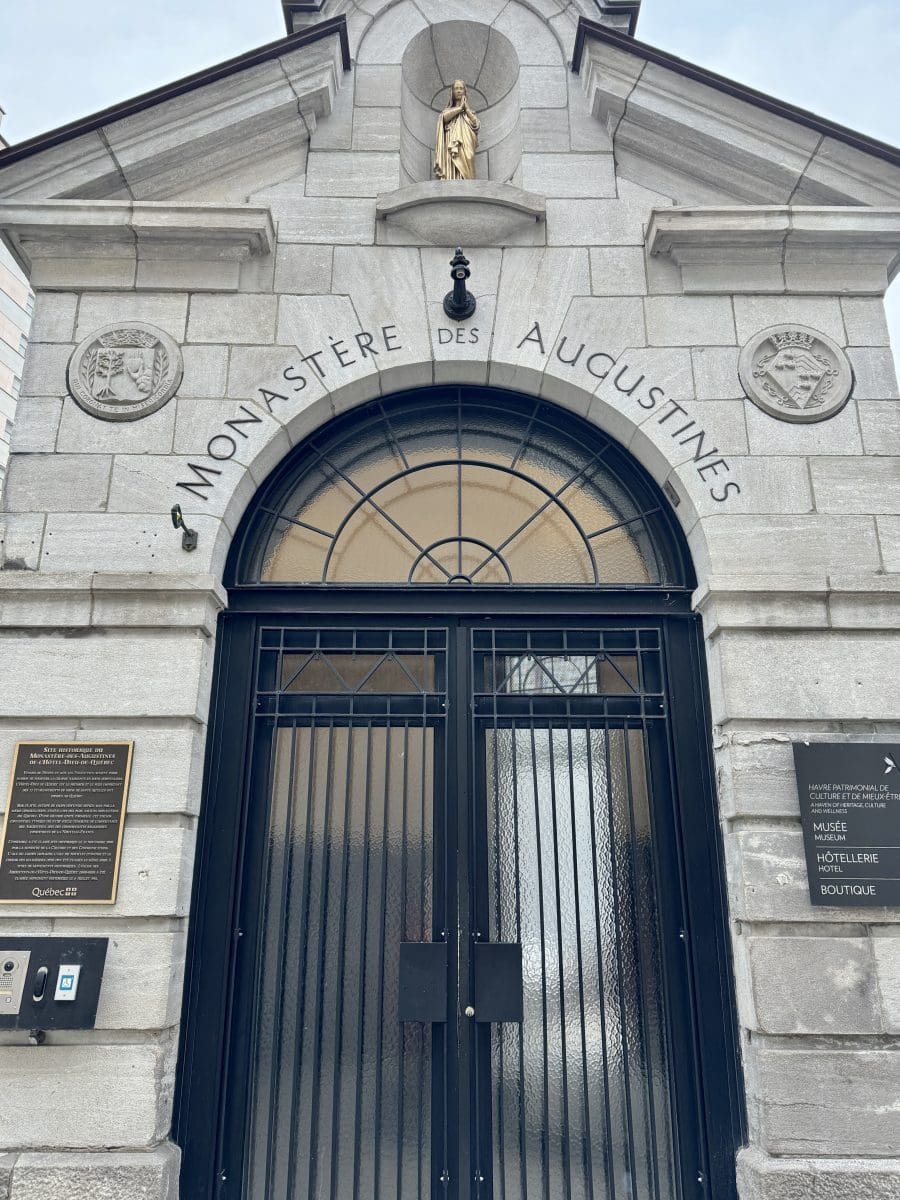
In the 1960s, the monastery hospitals faced two reforms: the Quiet Reform, a political reform when nuns had to let go of administration of the hospitals, as the hospitals became part of the primary Quebéc healthcare system and then the 1965 religious reform that saw the end of three significant traditions: the Catholic mass being said in Latin, the priest saying the mass with their backs to the congregation, and the end of the cloistering of nuns. Over the next few decades, the Augustinian Sisters had fewer and fewer members of their order and decided to give their monastery and all possessions to the people of Quebéc. They created a nonprofit to help protect the property and artifacts and to create a wellness center open to the public. In 2015, Le Monastère opened a campus that includes a 65 room hotel, museum, wellness center, boutique, and on-site restaurant.
Today, guests come from all over the world for retreats, daily wellness classes and workshops, to dine, and to explore the museum, which has over 50,000 artifacts in its collection. The museum is open to visitors all year and is a very family friendly spot to explore.
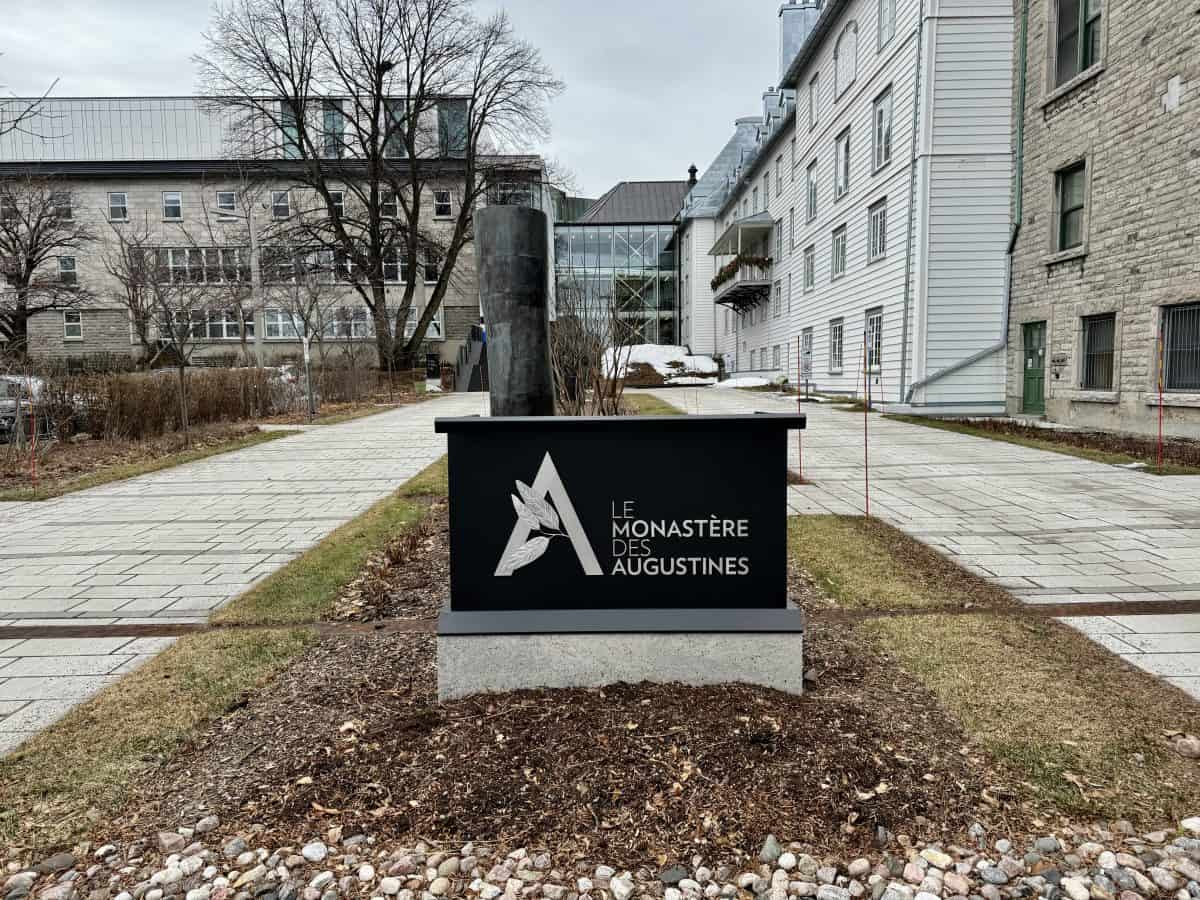
Travel Tips:
Would you like to save this?
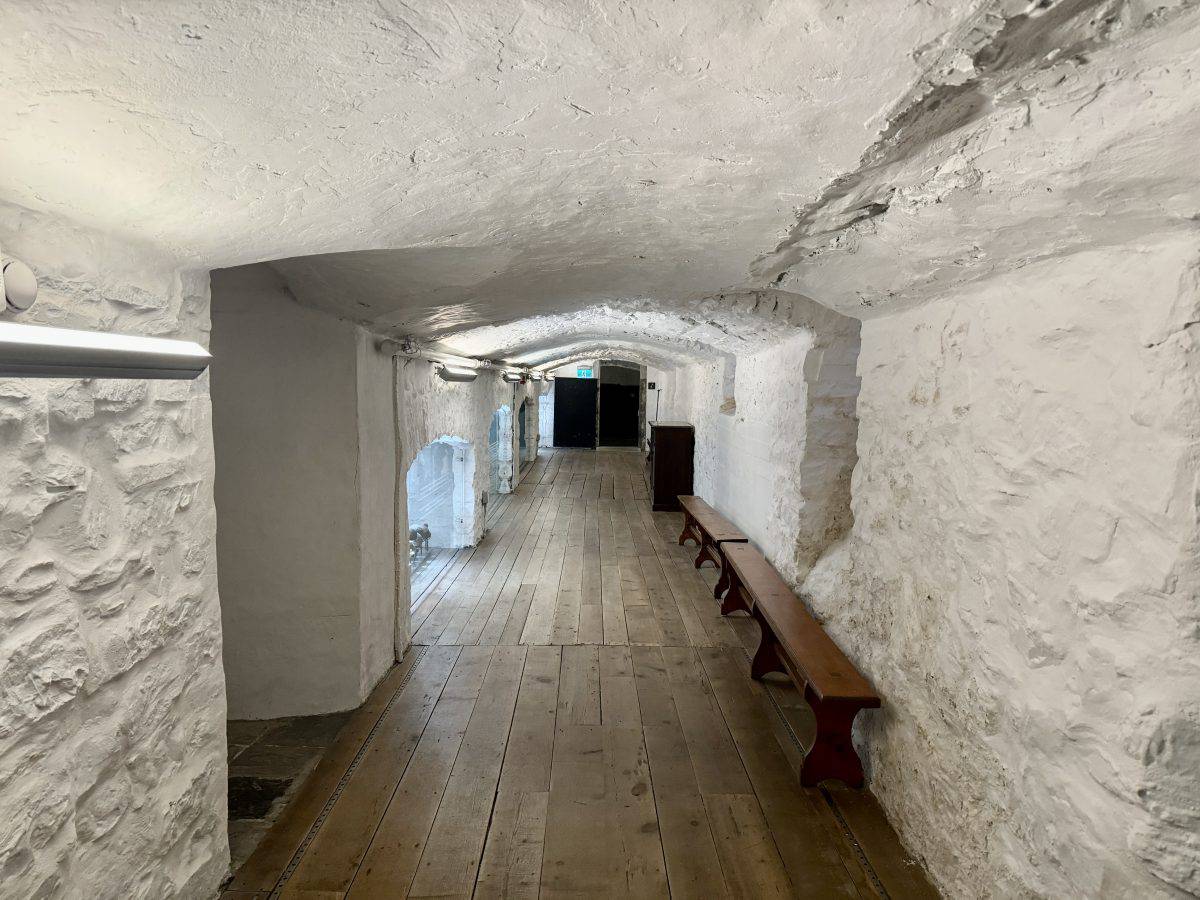
Six Places to Explore at Le Monastère:
- The original front door exhibit: See the original carousel that was intended to be used for mail for the Sisters, but over 1300 children were left inside the carousel door. The nuns helped place many of the children with lay people who adopted them; some of the children were later reunited with their birth parents.
- The Great Parlor exhibit: See a reproduction of the grid that separated the Sister from all visitors, the original trunk the three sisters traveled with, a 1639 wax baby Jesus shipped from France, and other gifts.
- The Office of Mother Superior exhibit: Learn about the steps and commitment to becoming a Sister and see the display of all 21 uniform pieces the Sister were required to wear- no matter the weather!
- The outside Courtyard: During warm months, the Sisters can be found tending to the bed of vegetable gardens under the 12 brown arches (one for each hospital), the bounty of which is used in the Vivour restaurant
- The Body and Soul exhibit: Learn about the hospitals the Sister founded and see an 1892 cast iron operating table, an apothecary display, and several displays of tools and medicines used in the hospital.
- The Vault, the oldest part of the monastery, which was built from 1695-1698 and survived the 1755 fire: The Sisters had four caves built to store meat, dairy, vegetables, and wine and later, to hide and protect Polish treasures during World War II. Today, the small caves hold symbolic displays, including cannon balls (representing war), buckets of water and woods (representing necessities), tree routes (to symbolize what grounds humanity) and angels (to symbolize Heaven). There is a space in the Vault that is now used for small concerts and daily yoga classes.
Looking for other adventures in Québec? Check out our posts featuring the Musée de la Civilisation, the Morrin Centre, La Citadelle de Québec, the Assemblée Nationale du Québec, the Plains of Abraham Museum, and the Auberge Saint Antoine hotel. And follow along on our adventures on Instagram, Facebook, Pinterest, and X.
Disclosure: Our family was given a media pass and tour of the Le Monastère. All opinions expressed are my own.


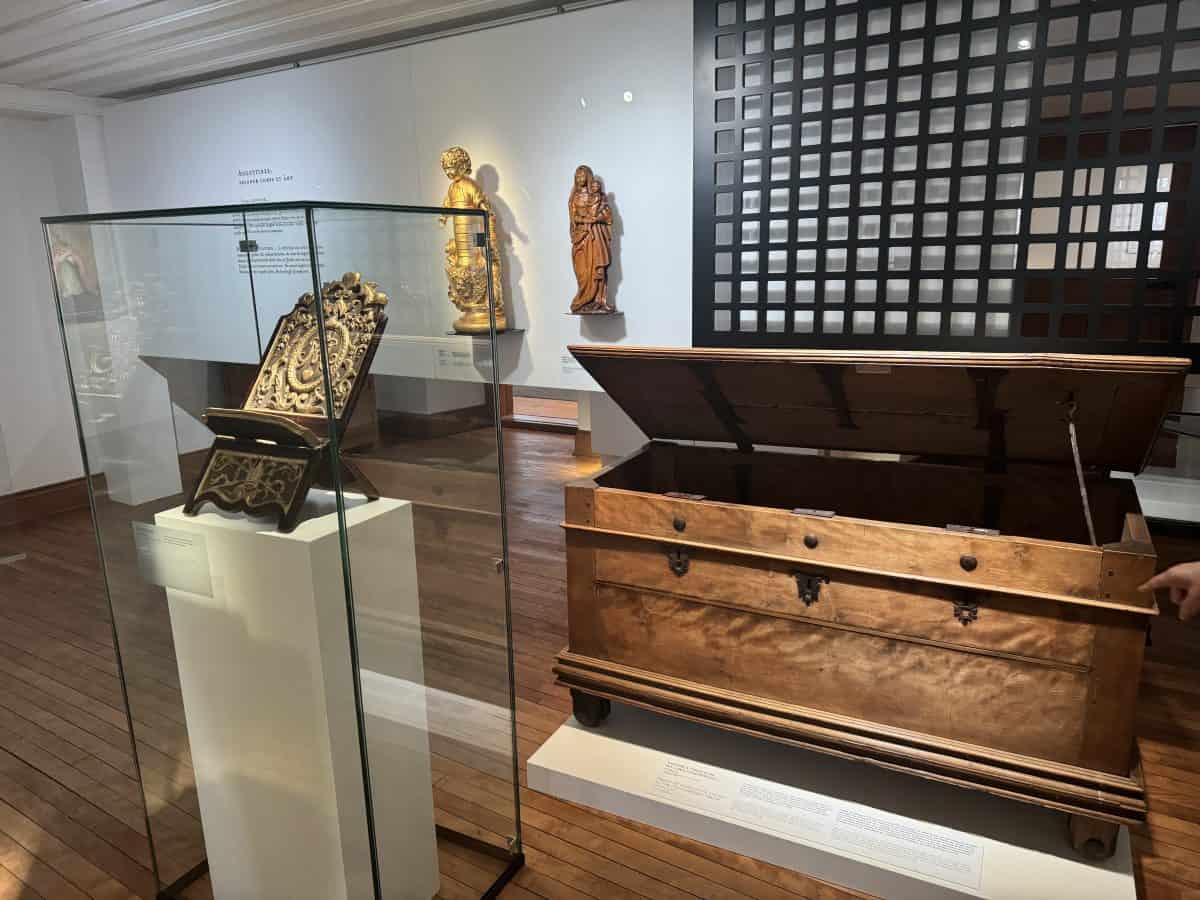



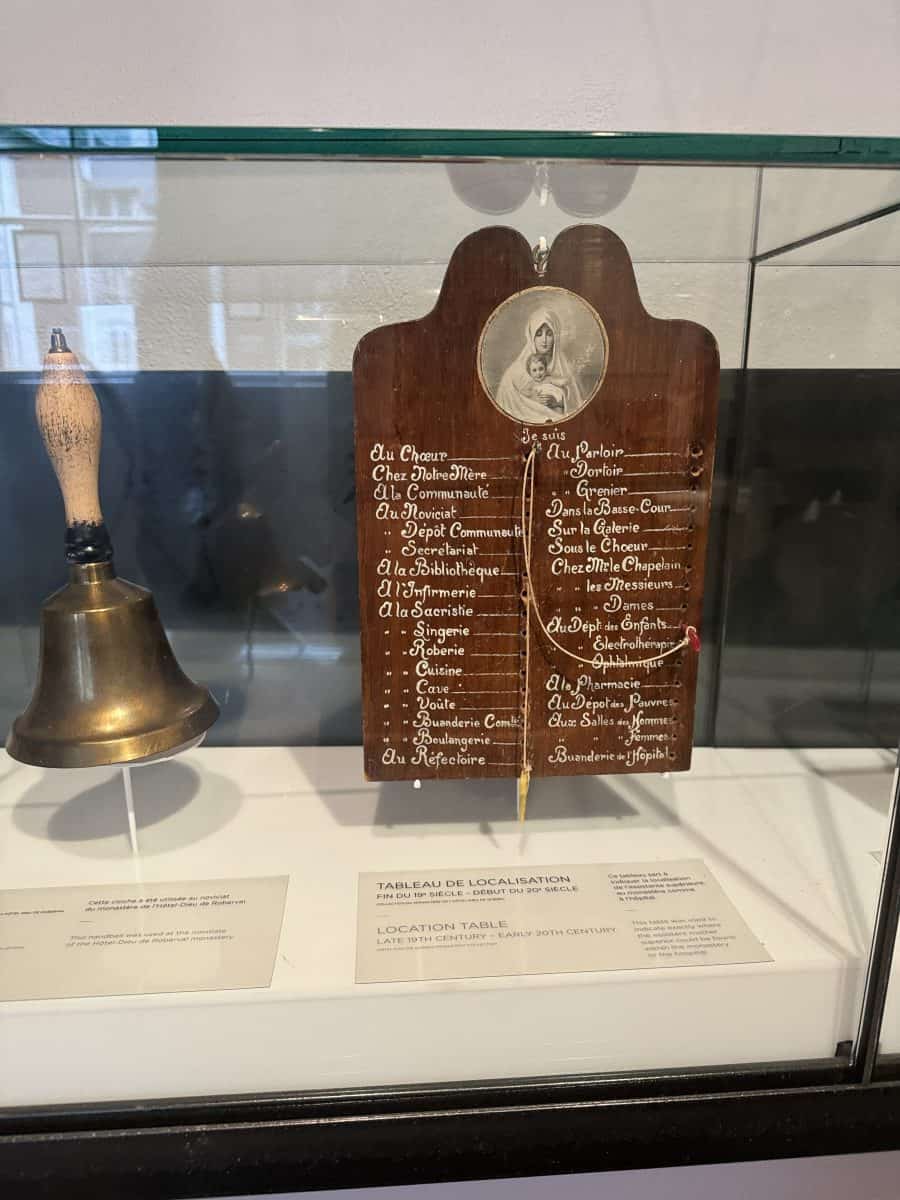




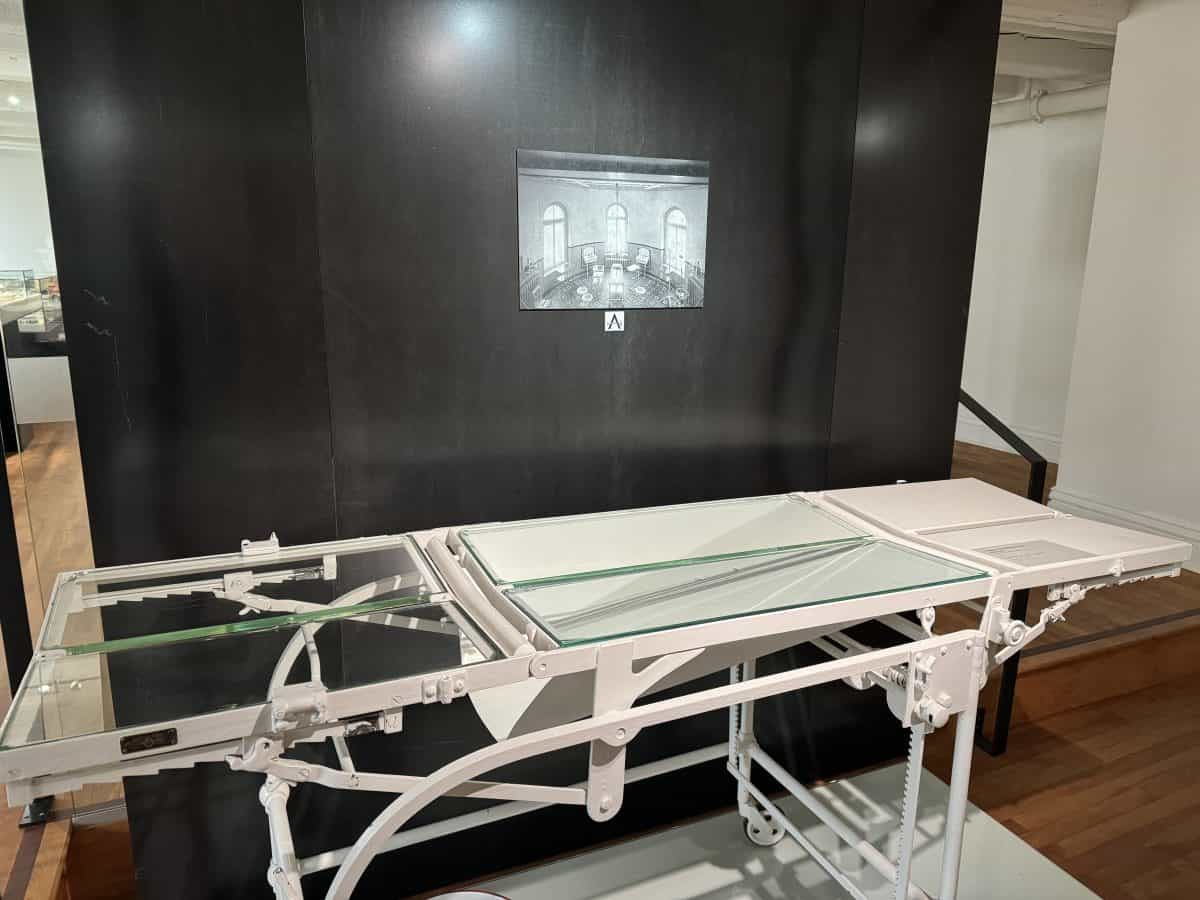












What an amazing story with such history, so rich and you’ve explained it so thoroughly.! no one could imagine the depth the history of these wonderful women. Thank you!
What an interesting place and your photos make it come alive! Hopefully I can visit one day.
The history of Le Monastère Des Augustines is fascinating! I had no idea Quebec had such a rich past.
Wow, I know my nieces will love this place
I love how insightful this guide was – thank you for sharing your tips!